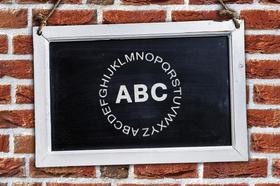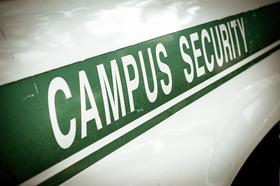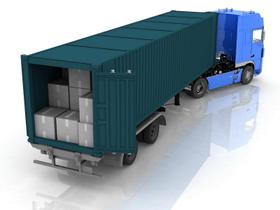Safe schools are everybody's concern these days. Remember how years ago, we only worried about keeping the dormitory doors locked at night and ensuring the trip to New York City was properly chaperoned? It was so simple. But everything has changed. According to the National Center for Education Statistics, over 900,000 reported incidents of violence in U.S. public schools in a single school year. This statistic underscores the importance of understanding and ensuring school safety.
The Importance of School Safety
Now, parents, teachers, and students have to deal with cyber-security, stalking, substance abuse, bullying, suicide, and a host of other really tough issues. School safety is more than just preventing violence. School safety encompasses measures designed to protect students from threats, including bullying, natural disasters, and health emergencies. Parents and school community members expect us to provide a safe environment. That, after all, is essential for fostering the academic success of students and the emotional well-being of every member of the school community. When students feel secure, they are more likely to thrive academically and socially. How does a school community implement a robust, effective safety program? Let's take a look.
Improve your communications
In a very small school -100 students or less- you might be able to get away with the old-fashioned telephone tree where one person calls five others and so on. The problem with this method of alerting the community is that there are always a few people who don't get called. Install















